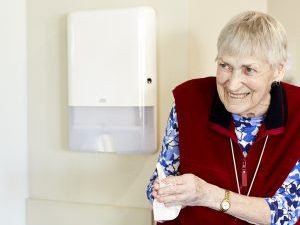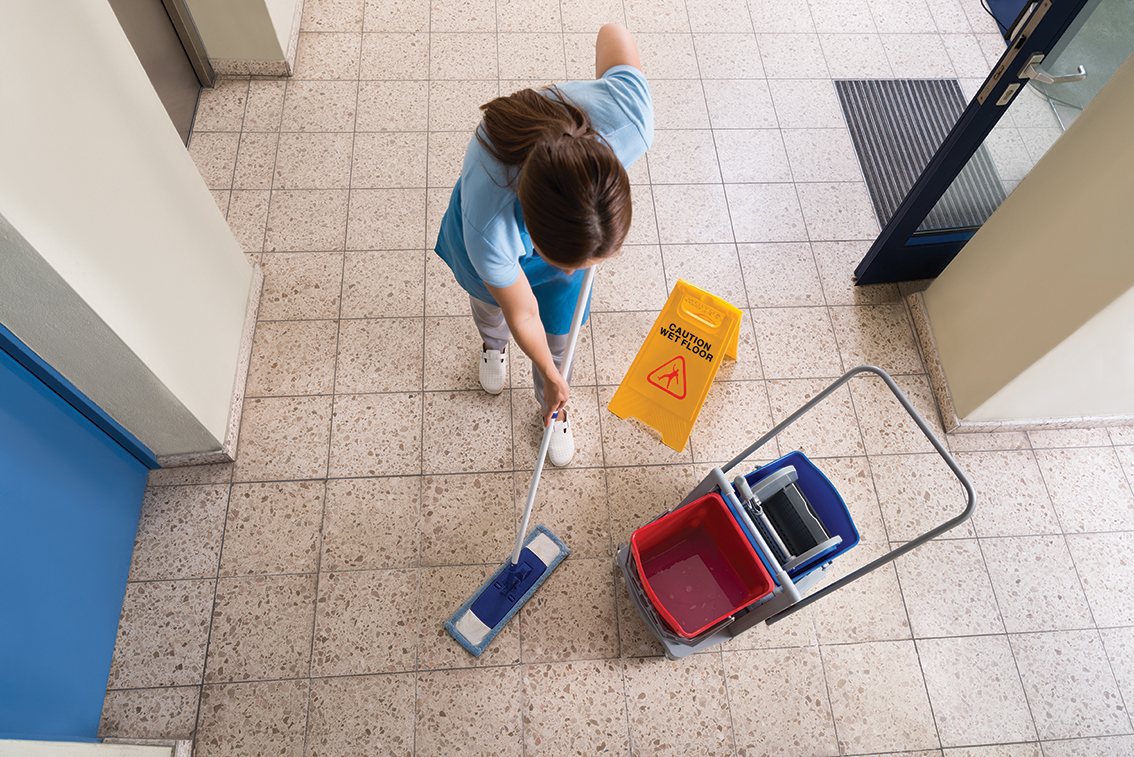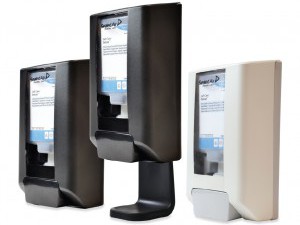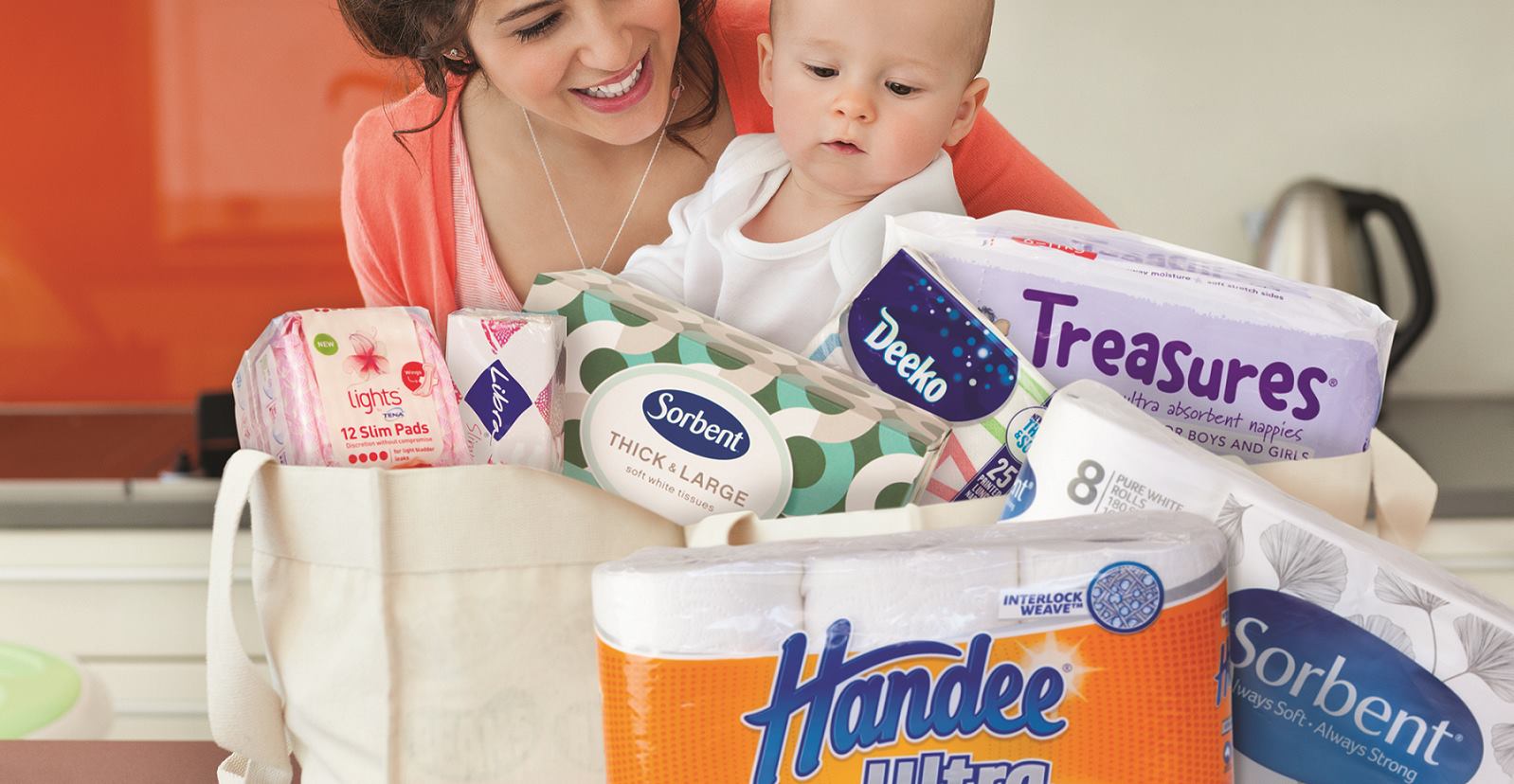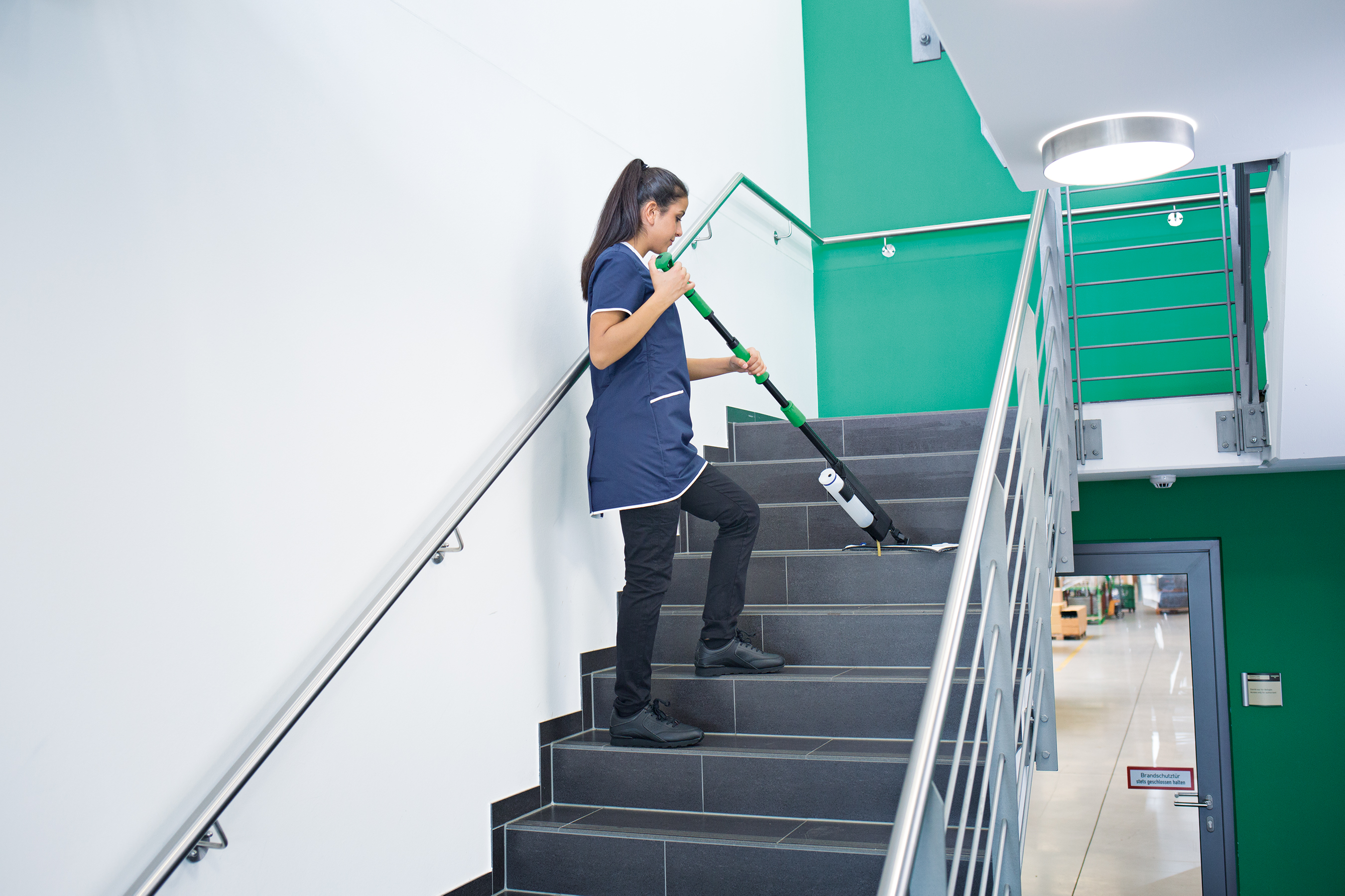
Cleaners may be among the more undervalued of all workers in an aged care facility, but they are increasingly playing a crucial role according to cleaning specialist, John Taylor.
Taylor is a cleaning industry veteran and thought leader who has been involved in aged care cleaning throughout his career.
As the previous owner and managing director of The Cleaning Supply Shop, which supplies consumable goods to some of Australia’s largest hospitals and aged care networks, Taylor is now leader of innovation at CleaniQ.
“In aged care, cleaners often end up playing the role of friend and confidant to residents, who can be reluctant to interrupt busy nursing and medical staff with everyday concerns,” says Taylor.
“Cleaners appear non-threatening, so it’s not uncommon for residents to share useful information with their cleaner, who can convey it down the line for healthcare workers to address.”
Likewise, Taylor notes the simple act of aged care cleaners listening to aged care residents can provide a healing effect.
“It’s important that the industry recognises this special role that cleaners play in aged care facilities, and that it consciously seeks to elevate their importance from someone who just mops the floor,” argues Taylor.
The current Royal Commission into Aged Care Quality and Safety will bring to light some major issues in the sector when the interim report is delivered later this year. One of the terms of reference refers to “investment in the aged care workforce”
While maturity can be an advantage when it comes to interpersonal skills and dealing with the emotional challenges of working in aged care, the age of a cleaner has a number of operational implications, including a higher risk of injury.
This greater risk can affect bottom-line operating costs for an aged care facility via an increase in Worker’s Compensation insurance premiums. Add to that the cost of return-to-work programs and absences, which as well as being expensive can also interrupt day-to-day operations in aged care.
Ageing workforce
Like the general Australian population, it is well recognised that the cleaning workforce is ageing. Taylor reports a 2016 survey into Australia’s aged care workforce found the average age of a residential aged care employee was 46, but the average age of cleaning staff is estimated to be in their mid-50’s.
While maturity can be an advantage, having older workers involved in cleaning has potential implications for the bottom line, including the higher risk of injury.
As people age they are more susceptible to certain injuries and they don’t heal as quickly. According to Safe Work Australia, 19.5 per cent of serious claims in 2014-15 were made by workers aged 55 and over, an increase of 105 per cent from 2000-01.
However, many long-serving aged care employees first entered the industry via cleaning roles. And while they may be ageing themselves, today’s cleaners are an important part of the future of the aged care industry.
They are experts who will shape the aged care leaders of tomorrow, so they should be protected and encouraged to stay in the industry for as long as possible via training opportunities and equipment that helps them to be more productive.
It’s also worth noting that aged care cleaners are less transient than cleaners in other sectors. Cleaners in the aged care sector often stay in their roles for many years as a result of taking pride in their job and caring deeply about the residents.
But with an ageing workforce, it is also increasingly difficult to attract new workers to cleaning in the aged care sector. Cleaning overall suffers from a poor image and it can be hard for the sector to compete for skilled workers when wage increases are very modest.
Resistance to new methods
According to Taylor, because of their vast experience and long tenure, mature workers in aged care are sometimes reluctant to adopt new work methods when they are introduced.
There are many ways the aged care cleaning profession can elevate itself – more training, better quality equipment and use of new technology.
The challenge for aged care operators or operations managers is getting cleaners to embrace new work methods or bringing cleaners together in a central location to attend training.
Despite the reticence, there are obvious benefits to embracing new equipment and methods. Professional tools that have ergonomic design that minimises the risk of injury and muscle strain for workers, while reducing the time needed to thoroughly mop and dry floors.
Challenges for ageing residents
The Federal Government’s GEN Aged Care Data tells us that over the last 10 years entry to aged care has tended to take place later in life.
This means that a higher proportion of residents now have acute healthcare needs, including an increase in the incidence of dementia and Alzheimer’s.
Dementia Australia that reports an estimated 250 people are joining the population with dementia each day. The number of new cases of dementia will increase to 318 people per day by 2025 and more than 650 people by 2056.
As a consequence, the aged care industry is looking for ways to manage an increasingly complex set of needs that will likely also call for new approaches to cleaning.
The challenge lies in addressing all these emerging needs without adding operational costs, at a time when the media spotlight is highly focused on issues such as the neglect of aged care residents, care costs, quality and transparency.
The aged care sector also has specific cleaning challenges around dementia as well as poor mobility.
This can lead to instances where an aged care resident may defecate in the shower instead of in the toilet, leading to unpleasant and unsanitary re-work for the cleaner.
These are the kinds of issues aged care cleaners routinely need to address that cleaners in other industries are not exposed to.
‘Age in place’ philosophy
In 1997 the Commonwealth Government undertook reform in the aged care sector and put in place a policy to allow residents of either of these types of facilities to stay and ‘age in place’.
Prior to this policy shift, aged care facility operators would often move residents around so that residents with similar health issues would be grouped in one area of a facility.
Mixing people with different healthcare requirements makes the operating environment, including cleaning, more complex.
Added to that policy, in January this year the Australian Government’s Aged Care Quality and Safety Commission was established to provide a single Commissioner to oversee compliance monitoring, complaints and customer service.
Among other initiatives, the Commissioner will continue with the government’s program of unannounced re-accreditation audits of aged care homes.
This will see a tripling of audits in 2019, compared with 2018, plus an increase in unannounced inspections to more than 3,000 this year.
This poses serious implications for aged care facilities as they strive to improve aged care environments while also keeping quality aged care services affordable.
The efficient operation of aged care facilities will continue to offer challenges to the industry as the Australian population ages and the baby boomer generation moves into aged care facilities over the coming decades.
The challenge is to elevate the professionalism of the industry to better serve the customers and workers.
Errol Goldberg is managing director of Pall Mall, which provides specialist accessories for the commercial and industrial cleaning sectors focused on distributors and wholesalers.
Comment below to have your say on this story.
If you have a news story or tip-off, get in touch at info@3.106.117.80.
Sign up to INCLEAN’s newsletter.
